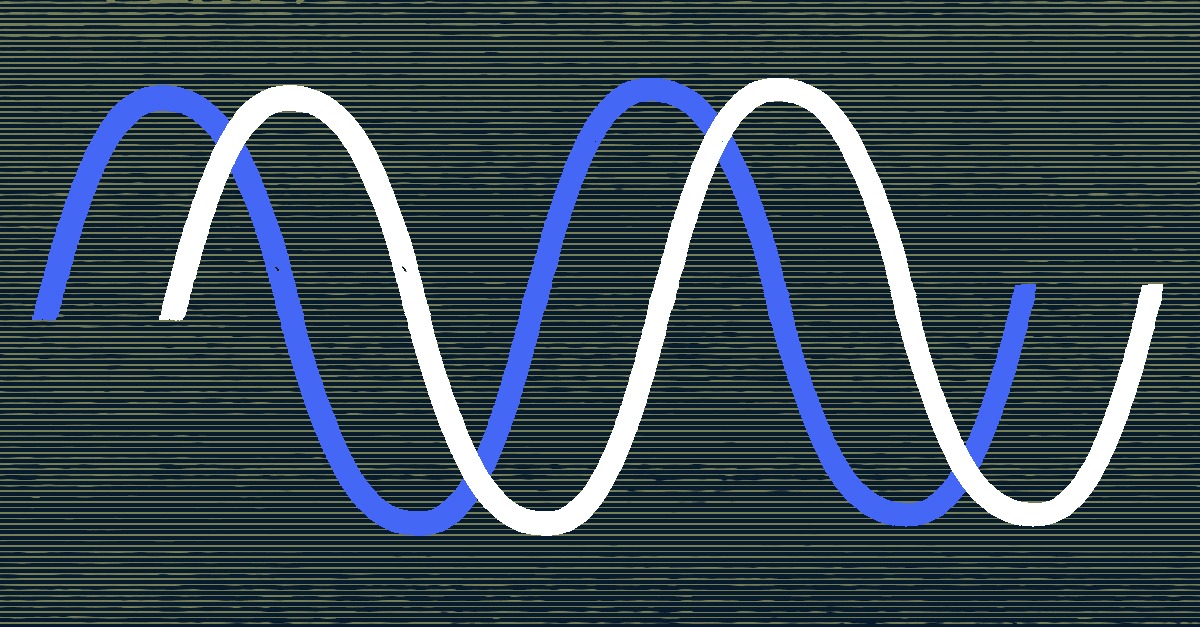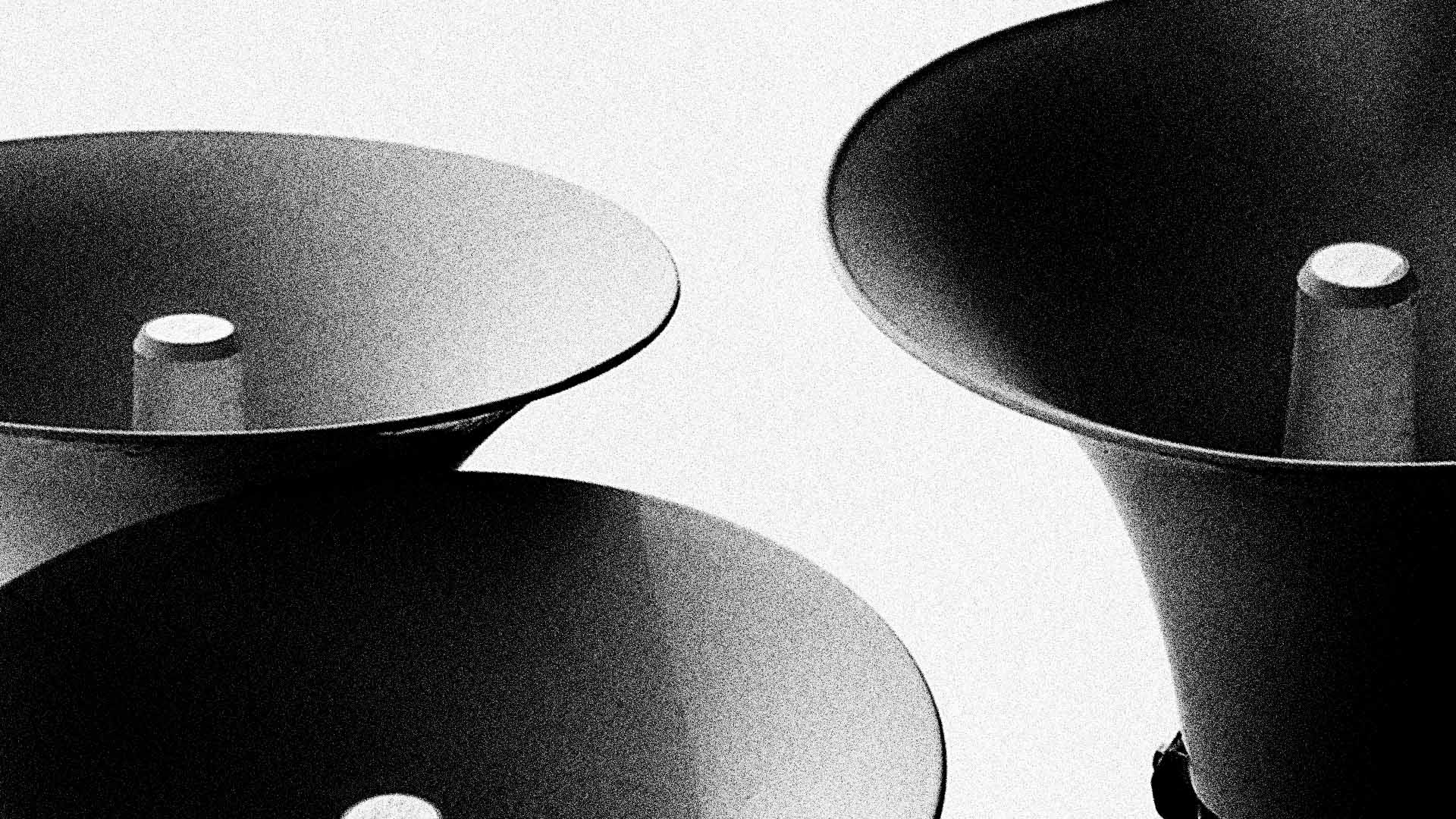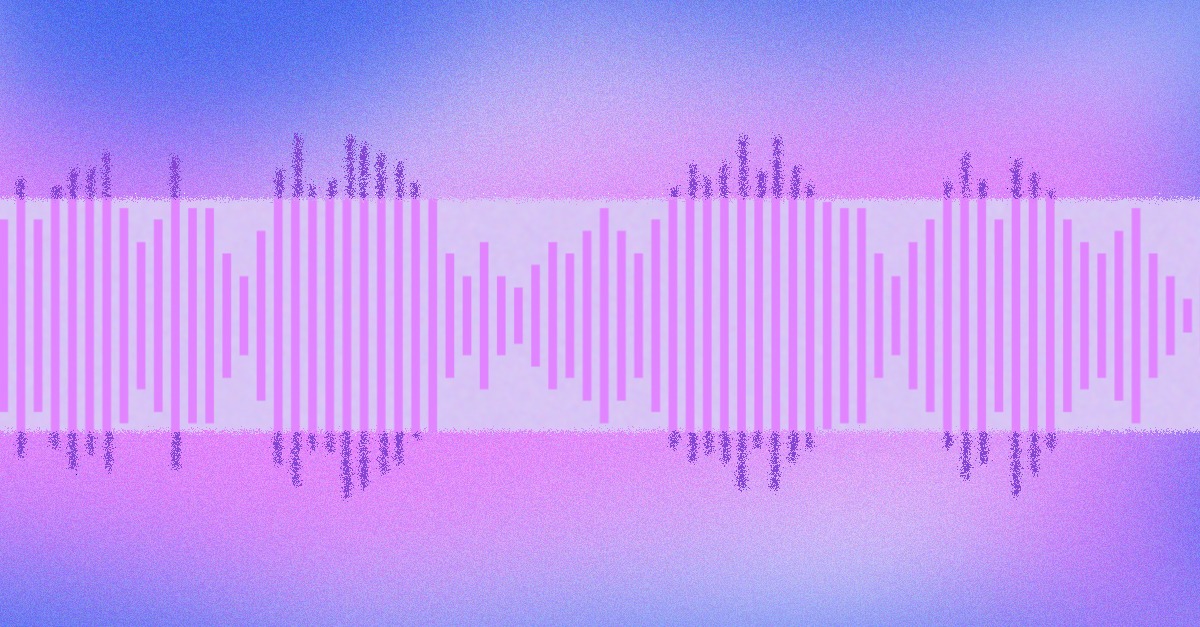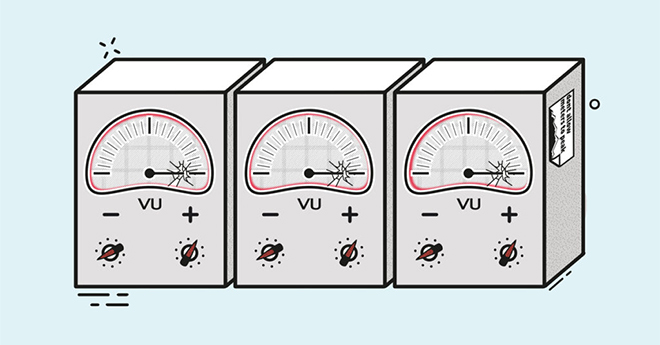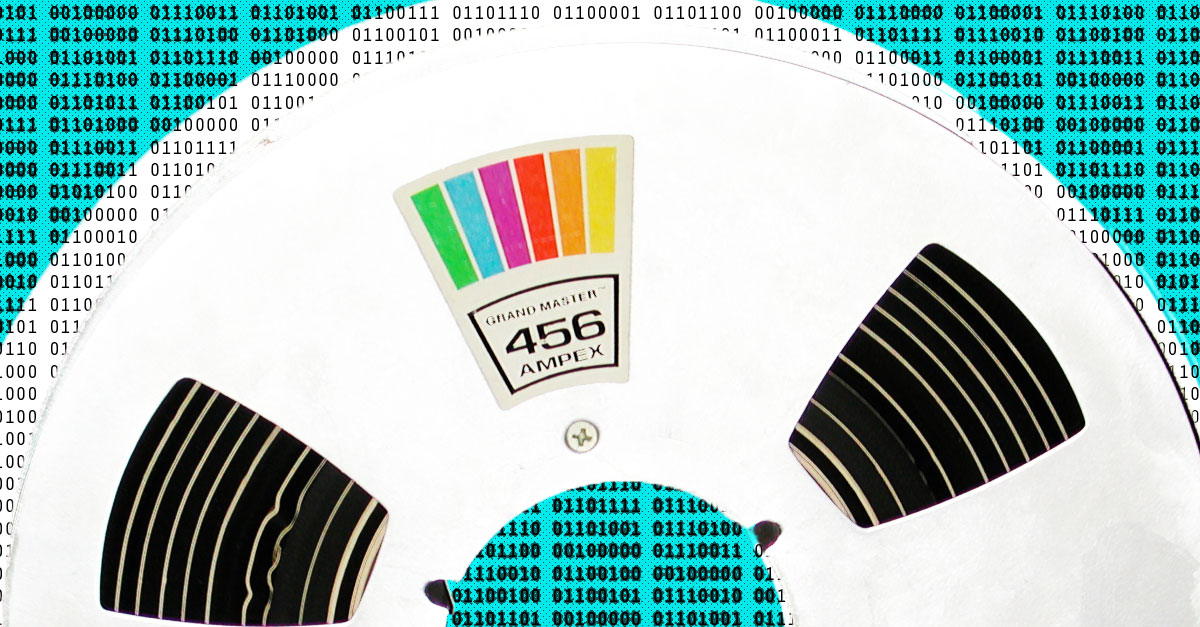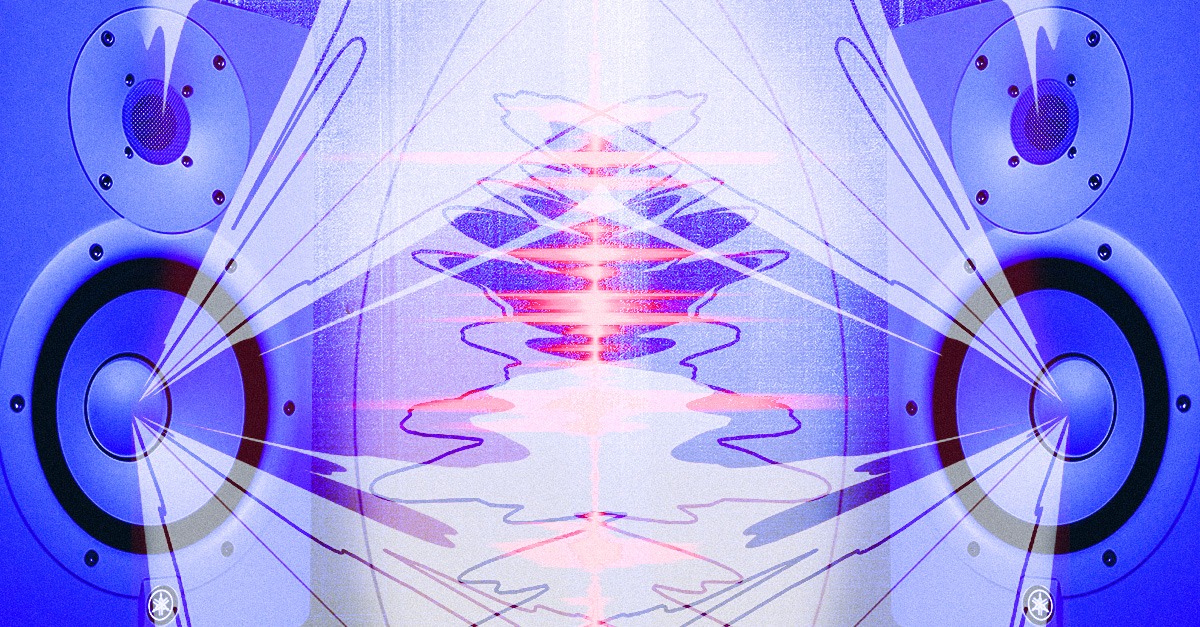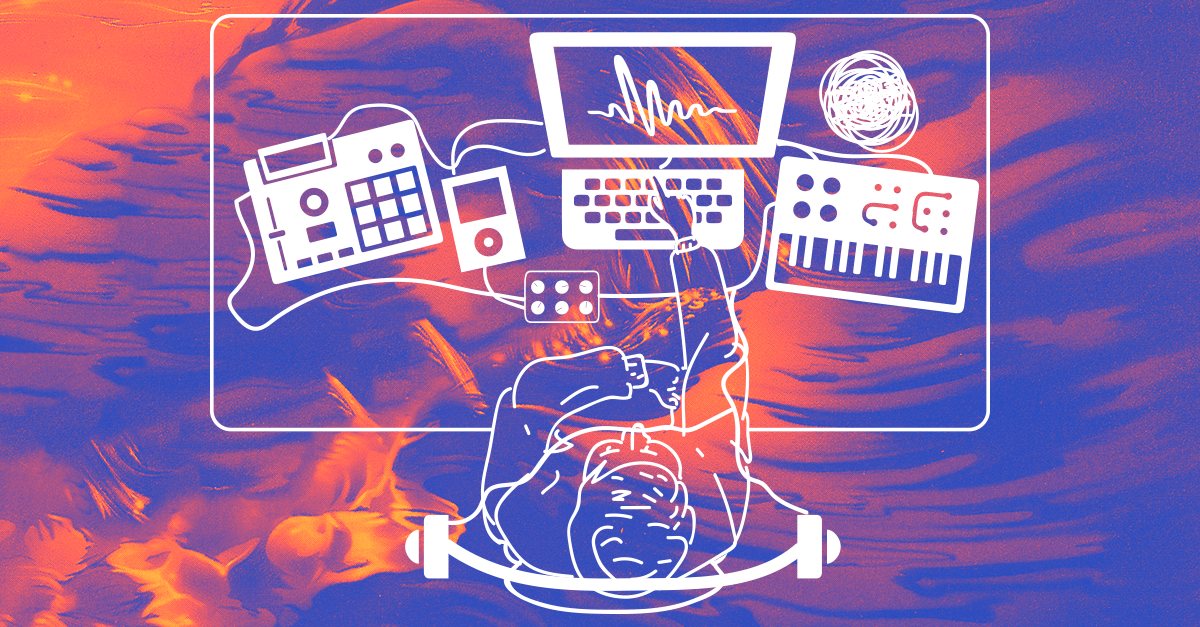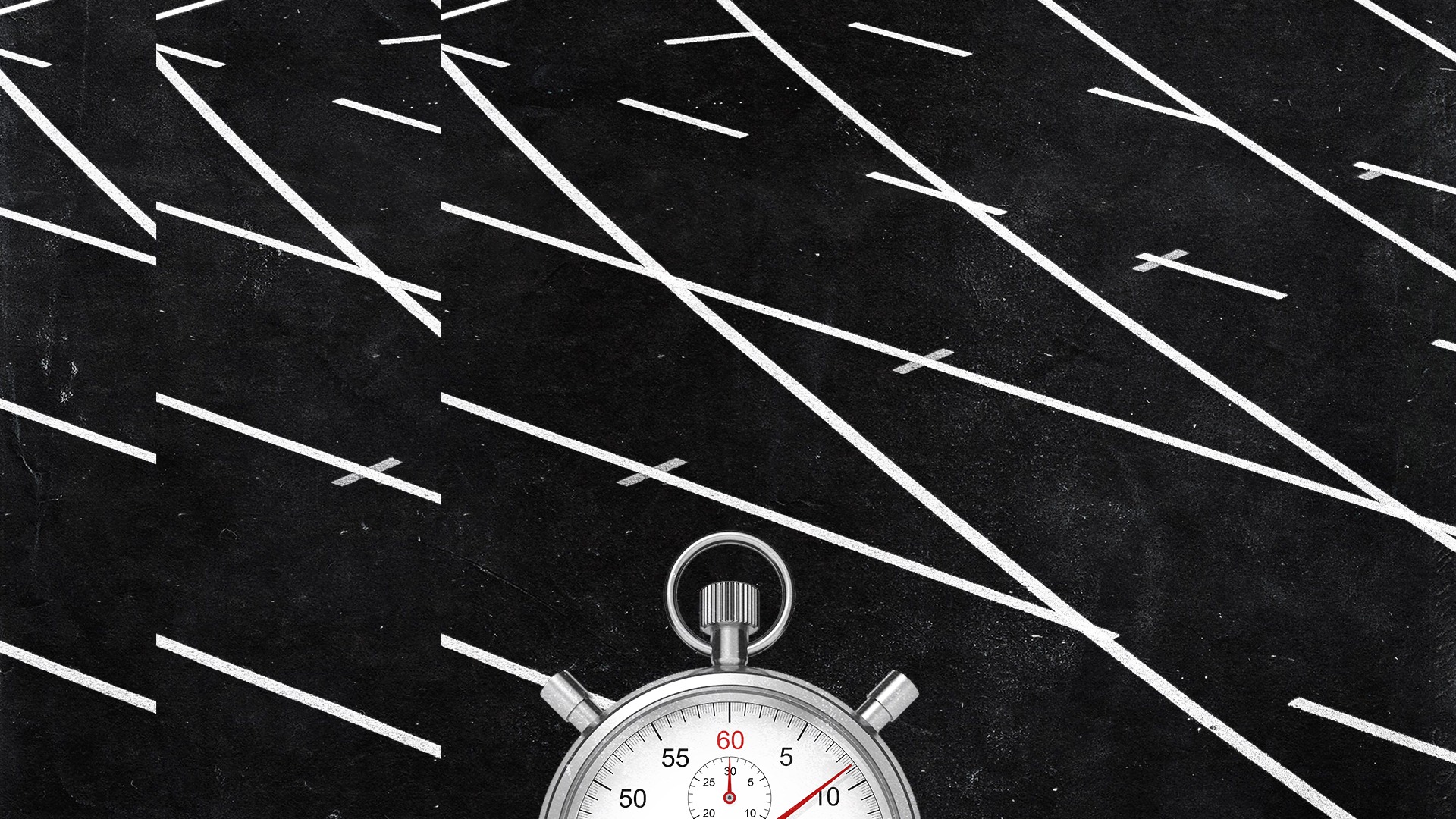
What Is Phase Cancellation? How to Fix Destructive Interference in Audio
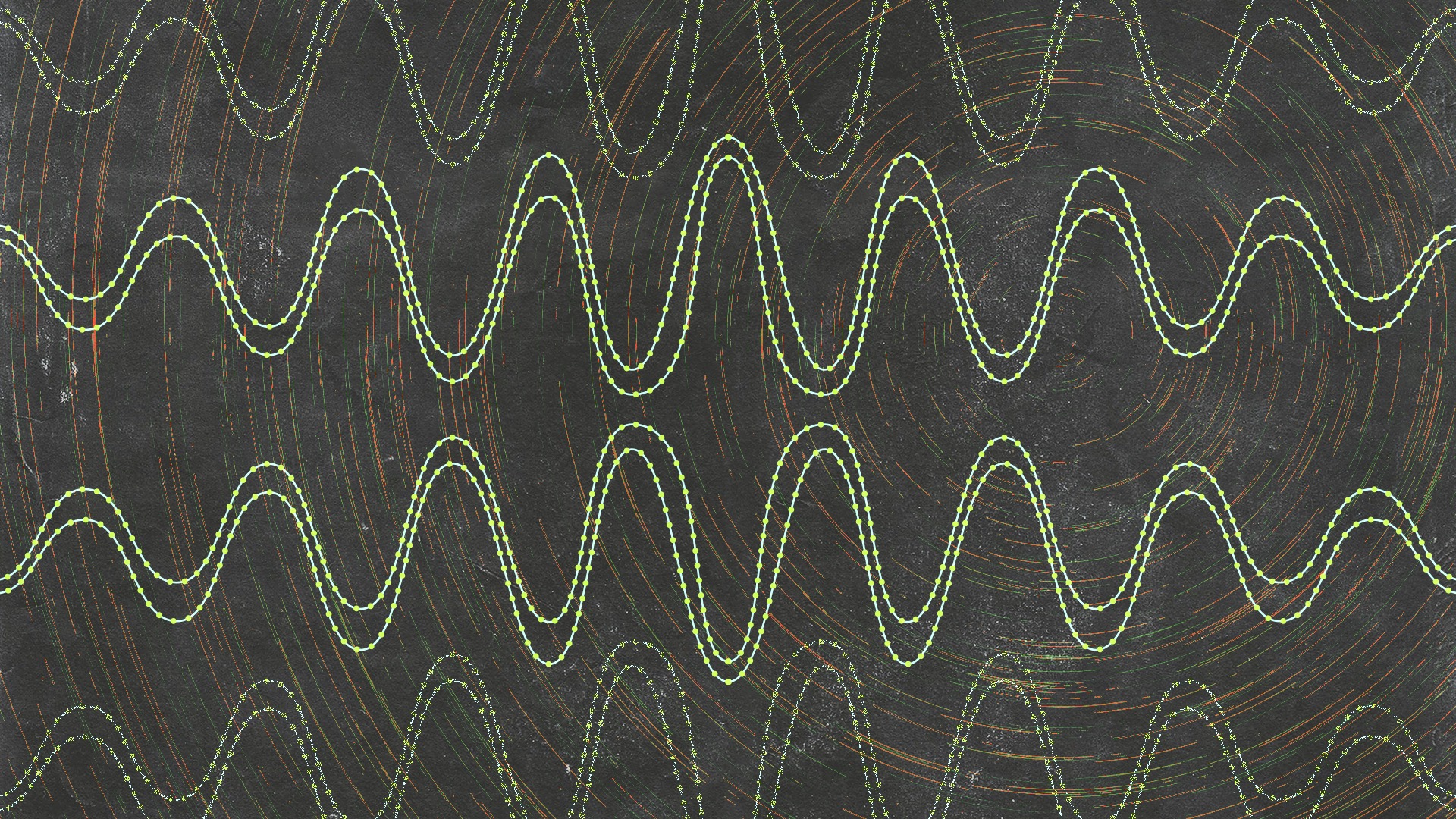
Phase cancellation can wreak havoc on your mix.
It’s an unintended consequence that many producers struggle to prevent from happening.
What’s worse, it can occur during multiple stages of your music production process.
But what really is phase cancellation? What causes it and how can you stop it once and for all?
In this article I’ll break down the term, explain how it happens and suggest techniques to help you keep it at bay.
Let’s get started.
What is phase cancellation?
Phase cancellation is the result of sound waves working against each other. It happens when overlapping sounds contain related features that counteract when combined.
Also known as destructive interference, phase cancellation is the negative consequence that arises from related sounds being out of phase with one another.
If that sounds confusing, don’t worry, I’ll break it down step by step.
How does phase cancellation happen?
Phase is an important property of audio signals. It describes the position of a waveform in its periodic cycle.
You can think of the phase as the alignment of the wave along the horizontal axis if you’re looking at a waveform like this one.
Because a periodic waveform can only progress so far before it cycles back to its original position, phase is measured using the degrees of a circle.
Change the phase far enough and the position of the peaks and troughs in the waveform are completely reversed. This position is known as 180° out of phase.
If you play the original signal at the same time as the one that’s shifted 180° out of phase, the two will cancel each other out completely. You’ll hear no sound at all!
With the peaks and troughs of the waveform at opposing positions, the positive and negative sides of the wave add to zero—that’s full cancellation!
The basics of digital audio
Learn how audio works in the digital world.

That said, it’s not particularly common for two signals to cancel each other completely in real world situations.
What’s more frequent is that two signals contain related material that cancels out certain parts of the sound.
This is often perceived as a reduction of bass or punchiness or a thinning out of the sound.
If you combine two signals together and find they sound weaker instead of reinforcing one another, there may be phase cancellation at play.
Common phase cancellation issues
Despite all that, it may not always be easy to hear when phase cancellation is occurring.
To help you identify it, here are three common situations where phase cancellation is likely:
1. Stereo widening plugins
Some plugins use psychoacoustic trickery to widen the perceived stereo image of the sound.
Most of these rely on some form of time or phase manipulation of the widest parts of your signal.
Unfortunately the difference they introduce between the left and right channels can create phase cancellation when listeners here your mix in mono.
Minimizing these effects is called mono compatibility and many engineers consider it an essential quality of a great mix.
If you want to learn more about this and other considerations for good stereo sound, check out our series on stereo mixing.
Mixing in stereo
Key techniques for great stereo sound.
2. Recording with multiple mics
Any time you record the same source with multiple microphones, you risk introducing phase cancellation.
Since the sound reaches each microphone at a slightly different time, the information they capture may have phase differences.
This form of phase cancellation can also occur between signals captured with both a microphone and a DI box.
This arises often when recording bass guitar, since capturing a DI signal as well as a mic’d up amp is common practice.
3. Processing correlated signals
Finally, adding mixing tools like EQ to sounds with related material can cause phase issues well.
It may surprise you to learn, but many normal mix processes cause changes to the phase of the signal.
If you’re applying heavy EQ with many bands and high and low-pass filters, your sound may end up out of phase with correlated tracks.
How to avoid phase cancellation
With the basics out of the way, here are the main ways to deal with phase cancellation.
1. Avoid phase issues at the source
The best cure for phase issues is to simply avoid them at the source.
It may sound easier said than done, but if you learn to recognize the signs of out of phase audio, you’ll know how to catch it before it causes a problem.
Any time you capture two signals with the potential to overlap, take a moment to invert the polarity to see if doing so causes a big difference in sound.
Speaking of which…
2. Try inverting the polarity
Mic preamps and DAW mixer channels usually include a polarity reverse switch.
It’s the button with the diameter symbol that inverts the negative and positive sides of the signal.
This results in a 180 degree change of the phase without introducing time delay.
If your sounds are close to 180 degrees out of phase, this solution can make a huge difference.
But as I mentioned above, it’s better to get your sound more in phase when you capture audio, even if the solution is recording with the polarity inverted on the way in.
3. Use a phase correction tool
Often, you may not need to change the polarity by a full 180° to reduce phase cancellation.
In these cases you can either physically move the microphones to change the time difference or try a plugin-based tool.
These generally work by shifting audio material forward and backward in time in tiny increments.
That said, they usually give you a bit more flexibility to define the relationship between phase correlated signals.
Some handy phase tools to try are:
4. Try other processing modes
Some advanced digital EQs offer modes that reduce the amount of phase shift they introduce.
If the source of the phase problem is your EQ, this may be appealing to try.
However, so-called linear phase EQ comes with its own drawbacks.
With linear phase mode on, the plugin adds a few milliseconds of latency to the total in your session. This makes it possible to shift its processed audio forward in time compared to the rest of the tracks.
This compensates for the phase cancellation introduced by the filters, but causes another problem.
The shape of the filters can actually cause some sound to begin resonating before the transient occurs. The resonant effect is a natural consequence of EQ filters, but it’s a big problem when it’s shifted before the rest of the sound!
This effect is called pre-ringing and it’s the reason why linear phase EQ is used sparingly and often avoided for low frequencies.
If your EQ has a linear phase mode, it’s worth a try if the filters are causing phase issues. Just don’t expect it to work like magic for every case.
5. Process related sounds on a bus
Finally, you can avoid all these negative effects by EQing all your related material on the same aux return channel.
This means any phase shift the EQ creates will apply equally to each track and won’t cause destructive interference.
No more phase issues
Destructive interference may sound like a scary technical problem.
But it’s a solvable issue that comes from a basic property of signals.
There’s nothing to worry about if you understand how it happens and know the right techniques to fight back.
If you’ve made it through this article you’ll have a great start for reducing phase cancellation issues in your mix.
Gear guides, tips, tutorials, inspiration and more—delivered weekly.
Keep up with the LANDR Blog.

